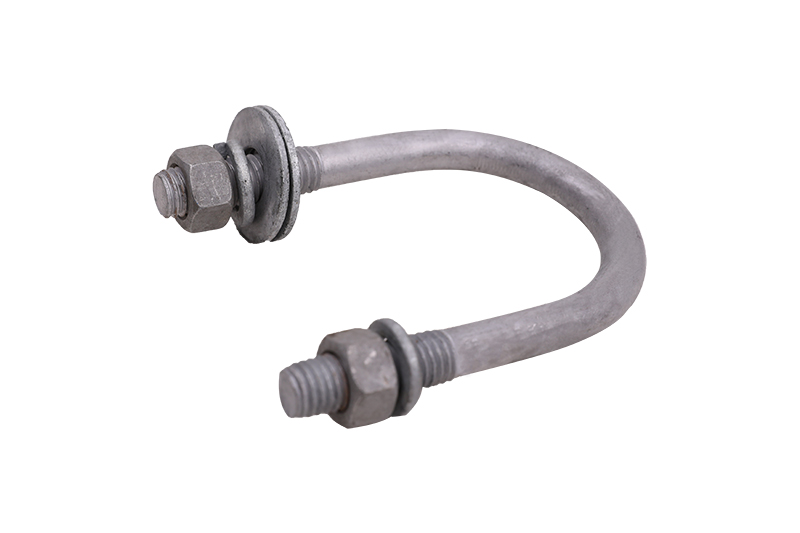The development trend of high performance and light wei […]
The development trend of high performance and light weight of automobiles puts forward higher requirements on the design stress and light weight of automobile fasteners. The high strength of fastener steel is the most effective way to solve this requirement.
1. Performance requirements of steel for automotive fasteners
Steel requirements for automotive fasteners:
It has good surface quality, high-level dimensional accuracy and low-level non-metallic inclusions and segregation;
Has high tensile strength and good cold heading performance;
Has high fatigue resistance and multiple impact tensile resistance;
It has a sufficiently low delayed fracture sensitivity and a low ductile-brittle transition temperature.
2. The characteristics of smelting and rolling of steel for automobile fasteners
2.1. Smelting technology
It adopts refining outside the furnace and continuous casting process with electromagnetic stirring. It is mainly to control the main elements of C, Si, Mn, Cr, Mo and other elements in the steel to a small range, and to reduce the content of impurities such as P, S, 0, and N in the steel as much as possible to achieve high purity of steel. The purpose of low non-metallic inclusions and low segregation level is to improve the cold heading performance of steel and improve the surface quality of steel.
2.2. Rolling technology
A high-speed and high-precision rolling process with controlled milking and controlled cooling functions is used to obtain rolled heat-treated wire rods with good dimensional accuracy and as few surface defects as possible.

3. Current status and development direction of steel for automotive fasteners
3.1. Clean bolt steel
From the aspect of improving the cold heading of steel and improving the quality of steel, it is necessary to reduce the content of impurity elements in the steel as much as possible. Reducing the S content can increase the deformability of the steel, reduce the non-metallic inclusions in the steel, and improve the ductility and plasticity; reducing the P content can reduce the deformation resistance of the steel, while reducing the P and S content can also reduce its segregation at the grain boundary. Reduce grain boundary embrittlement and improve the delayed fracture resistance of steel; reducing the 0 content in steel can effectively reduce oxide inclusions, thereby improving the cold working deformation ability of steel.
The Central Iron and Steel Research Institute has conducted research on the stress corrosion threshold stress intensity factor KISCC of ML42CrMo steel with high cleanliness. The KISCC of steel with high cleanliness has a greater improvement With high comprehensive performance, high-strength bolt steel P and S content should be further reduced.
3.2. Economical high-strength bolt steel
3.2.1, microalloyed non-quenched and tempered steel
Using microalloy non-quenched and tempered steel to manufacture bolts can omit the spheroidizing annealing before the bolt cold drawing and the quenching and tempering treatment after the bolt is formed. It can also reduce the decarburization tendency of the screw thread, improve the bolt yield, and have obvious economic benefits. .